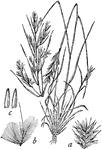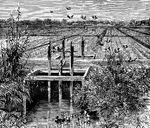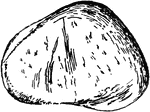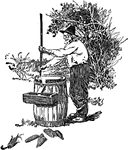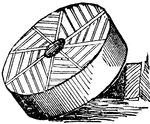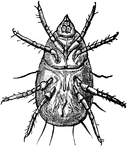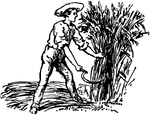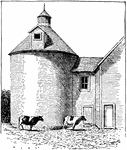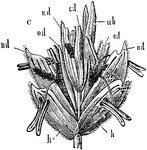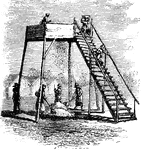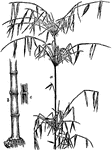
Bamboo
"Bamboo. a.- upper portion of the stem with foliage. b.- root stem. c.- section of stem. Bamboo, the…

Barley
"Barley, the name of several cereal plants of the genus Hordeum, order Gramineae (grasses), yielding…
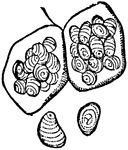
Starch Cells
"a, Starch cells of the Pea, showing grains of starch in the interior. b, Seperate starch grains, with…

Esparto Grass
"Esparto-Grasses. 1, 4, stalk and fruit of Macrochloa tenacissima. 2, 3, 5, stalk, flowering stem, and…
Barley
Barley is a cereal grain derived from the annual grass Hordeum vulgare, a common barley. It serves as…

Barley
Barley is a cereal grain derived from the annual grass Hordeum vulgare, a common barley. It serves as…
Oat
The common oat (Avena sativa) is a species of cereal grain grown for its seed. While oats are suitable…
Rye
Rye (Secale cereale) is a grass grown extensively as a grain and forage crop. Rye is characterized by…
Two-rowed Barley
The Two-rowed Barley's spike, or ear, is long and somewhat compressed, and the grain is of a very good…
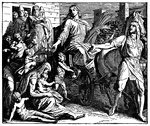
Joseph Collects Wheat as Governor of Egypt in Preparation for the Famine
"48 And he gathered up all the food of the seven years which were in the land of Egypt, and laid up…
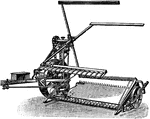
Reaping Machine
A machine for cutting down standing grain, usually worked by a pair of horses, the cutting machinery…

Medal of Melita
A medal engraved with the portrait of Melita; the reverse side depicting a figure with two sets of wings…

Barker's Mill
"Grain enters the mill at H down into D and into tube A. The grain passes down through the holes B and…
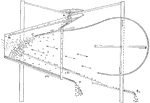
Diagram of a Fanning Mill
A machine used to separate immature seeds from wheat, oats, rye, barley, and other grains. This diagram…

Floating Flour Mill
A mill which grounds grain into flour. This flour mill is located on a body of water.

A Wealthy Man Relaxing and Surveying His Riches
"And he spake a parable unto them, saying, The ground of a certain rich man brought forth plentifully:…

Indian Corn
Maize known as corn by most English-speakers, is a cereal grain domesticated in Mesoamerica and subsequently…
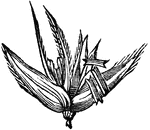
Indian Corn
Maize known as corn by most English-speakers, is a cereal grain domesticated in Mesoamerica and subsequently…

Indian Corn
Maize known as corn by most English-speakers, is a cereal grain domesticated in Mesoamerica and subsequently…

Indian Corn
Maize known as corn by most English-speakers, is a cereal grain domesticated in Mesoamerica and subsequently…
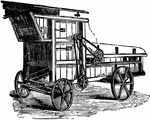
Portable Threshing-Machine
A machine invented by Andrew Meikle to seperate grain from stalks and husks.

Reaping Grain the 14th Century
Men and women reap the grain from a field in the 14th century. Two women are bent over using sickles…

Ruth Meets Boaz While Gleaning in the Fields
"And she went, and came and gleaned in the field after the reapers: and her hap was to light on the…

Rye Grain
A species of grain of which there are several varieties It is an esculent grain bearing naked seeds…
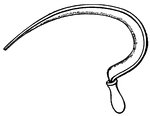
Sickle with Serrated Edge
"A reaping hook; a curved blade of steel (anciently also of bronze) having the edge on the inner side…

Side Oats
"Side-oats (Atheropogon curtipendulus). a, spike; b, spikelet; c, spikelet with glumes removed." -Whitney,…
Grain Spear
"Grains with Five Prongs. GRAIN. An iron instrument with four or more barbed points, and a line attached…

Threshing Wheat with Flails in the 14th Century
Two men thresh a sheaf of wheat using flails. The flails appear to be made from two sticks joined together…
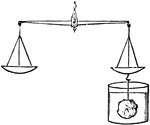
Water Weighing
"Take a piece of ivory, or any other substance that will sink in water, and weigh it accurately in the…
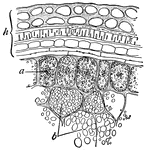
Wheat Grain
Outer portion of a cross-section of a wheat grain; h, various integuments of the ovary and seed, forming…

Wheat Grain
"A grain of wheat. Vertical section, showing (b) the endosperm, and (a) embryo." — Encyclopedia…

Wheat Grain
"A grain of wheat. Commencement of germination, showing (b) the pileola and (c) the secondary rootlets…
